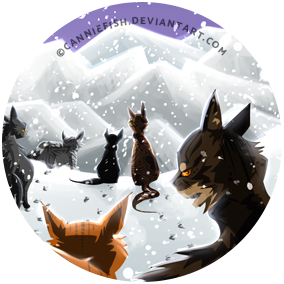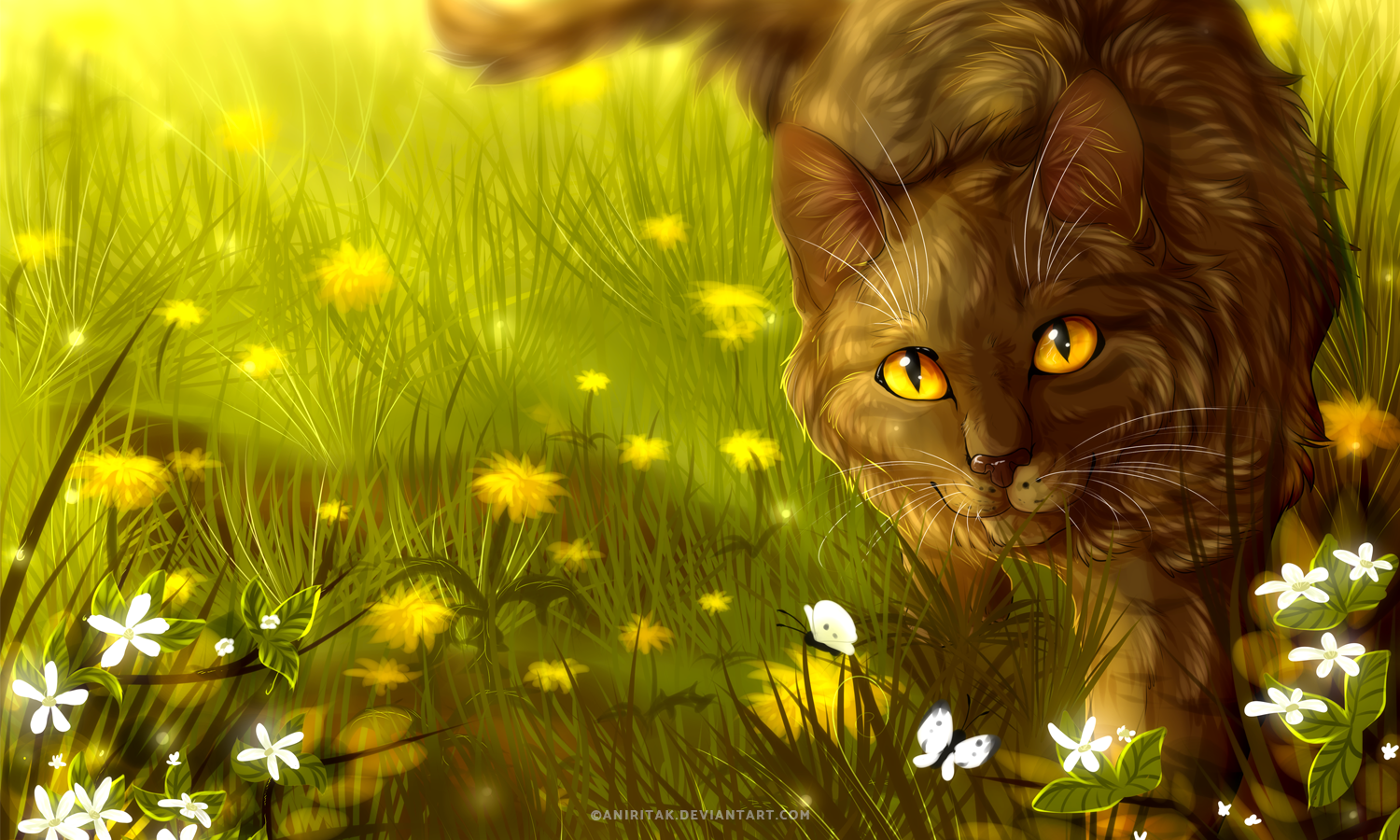
Writing advice from Cherith Baldry
BY CHERITH BALDRY
Planning
There are as many ways of planning a story as there are writers. If anyone tells you that you must make an outline first, do not believe them. On the other hand, don’t believe anyone who tells you there’s no need to make an outline. Every writer has their preferred way of working, and at the start of your writing career you can experiment and find out which way works for you.
When I write Warriors I work from a detailed outline provided by the editor. However, there’s something exhilarating in starting off with a situation and some characters, and writing the story to find out what happens. And whether you outline or not, always reserve yourself the right to have a better idea and make changes.
You also need to decide when you will write. I’m lucky in that writing is my full-time job. But if you have a different job, or you’re at school, it’s harder to find the time to write. I suggest looking at your timetable and carving out a regular block of time – it can be as short as an hour – when you will write. Then make sure that nothing short of an earthquake will keep you away from your notebook or your keyboard. It’s surprising how the words add up!

Beginning
We writers are full of enthusiasm; we have this excellent idea for a plot and some interesting characters, and we can’t wait to get their story down. But when we sit in front of the blank page or the blank screen, we can feel intimidated. This is when you have to write something. Anything! Get the words flowing! Remember you can always go back and change it.
Keeping on
By the time a writer is getting to the middle of a story, they can start to flag. This is where you have to sit down, ignore all distractions, and write. It’s important to stick to that block of time you created in the planning stage.
My routine varies depending on whether I have a deadline. If I have, I work out how many words per day I need to write to make that deadline, add a bit on for the sake of emergencies, and make sure that I write that number of words every day – or almost every day – until I have a first draft. If my numbers are right, that leaves me with a few days to edit my draft before I send it off. If I don’t have a deadline I don’t have to work so hard. But it’s still important to have a routine.
However, if there’s something that’s really giving you problems, it’s fine to skip that scene and continue with the next. You’ll go back to it later. Just be sure that the difficult scene fairy isn’t going to come along and do it for you; sooner or later you’ll have to confront the knotty problem. Just don’t let it hold you up so badly that you abandon the whole story.

Editing
While you’re writing, you are a writer. When you’ve finished your first draft and you go back over it, you put on your editor’s hat. It’s good to leave your story for a while first, so that you can see it more clearly. And don’t think of editing as a chore. It can be immensely satisfying, to polish your work until it’s as good as it can be.
Look at your work with a critical eye. Is the plot always believable? Would this character really take that decision? Are there places where the pacing sags? Or have you summarised exciting bits of action which really need to be opened out and described in more detail? Do you need to tidy up spelling, grammar and punctuation?
It’s tempting to revise and revise, never being entirely happy, never daring to type that final full stop. You have to accept that you’ll never quite capture that first shining vision you had when you started. But too much revision can drain the life out of a story. When I’m writing Warriors, I make one revision before I send my draft to the editor. Then I make another in the light of the editor’s comments. That, I feel, is enough. It might be different for you. But once you feel that instead of making improvements, you’re just nitpicking around, that’s the time to say ‘Finished!’

Beginning
Most writing guides will say that you must grab your reader in the first paragraph. This is true. But that doesn’t mean you have to start with slam-bang action. It means start with something interesting. I think the best way is to give your central character a problem to solve, and introduce that problem as soon as possible; this makes your reader wonder what the character will do, and so they read on.
Plotting and Structure
In a good plot one event leads to another and builds up to a climax. One way of thinking about it is this: your character has a problem. Build on the problem, show how they try to solve it, then let them fail catastrophically. All is lost! Then your characters have to grit their teeth and start again, and this time lead up to the climax where eventually they succeed. You might then finish with a short section where the loose ends are tidied up, rewards are distributed, and so on.
I don’t like to make my endings too tidy. After all, I might want to write a sequel. And while it’s not fair to leave your readers with a cliff-hanger – unless the book is part of a trilogy or a series like Warriors – it’s good to give them something to speculate about.
Think of your story as a succession of scenes. Don’t summarise the action, but dramatise it fully. ‘Show, don’t tell’, is a piece of good advice. If time has to pass, you can lose it in the gap between two chapters. And always end a chapter with a good ‘hook’ into the next chapter to keep your readers reading.

Characters
You need to know a lot about your characters. Not only what they look like and do in the story, but also the backstory – that is their life before the story starts – and even details like their favourite colour and what they eat for breakfast. A lot of this detail won’t make it into the story, but the character will come across more strongly because you know it.
If you want, you can write these details down, but you don’t have to. I like to get to know my characters in my head. I imagine little scenes and encounters: suppose they were ill, or in an accident, or having an argument, or just enjoying a day relaxing on the beach. Most of these scenes aren’t part of the story; their purpose is so that I can get a rounded view of my characters.
Keep your characters consistent. They might behave ‘out of character’ if they have good reason, but don’t let them behave in unlikely ways just because it suits your convenience as writer.
Dialogue
Good dialogue shows character, gives information and pushes the plot along. Remember that few people make very long speeches, so if a character has a lot to communicate, break it up with details of physical action or comments from other characters. And never let someone tell another character what they know already, just to convey it to the reader.
Remember too that characters have their own individual voices. A fashionable lady doesn’t speak like an old tramp or a ship’s captain – and none of them speak like you!

Viewpoint
You can tell your story from the viewpoint where the narrator knows everything and sometimes addresses the reader directly, but this is difficult for a new writer to pull off successfully. It’s easier – and I think more effective – to use first person viewpoint, where the main character is ‘I’, or third person, where you choose a character and tell the story through their eyes. If you do this, remember you can’t tell your reader something that your viewpoint character doesn’t know.
For a short story it’s best to stick to one viewpoint, but in a full-length novel you can change viewpoint. However, it’s confusing for the reader to switch viewpoint for very short sections; the general ‘rule’ is to stick to the same viewpoint for one chapter or one scene.
Three Tips for Good Writing
Tip one: learn to use your own language. Publishers don’t mind the odd typo, but they don’t appreciate work that’s full of errors in spelling, grammar and punctuation. If you’re still at school, you have a massive resource in your language lessons – so use it.
Tip two: read. You should read widely in the genre you want to write in, such as crime or science fiction, but also in other genres. Look out for books that have won awards. And don’t neglect the great writers of the past, such as Jane Austen or Charles Dickens. I’m not suggesting you copy them, but you’ll soak up so much knowledge from their work that you’ll enrich your own writing.
Tip three: Have fun!




